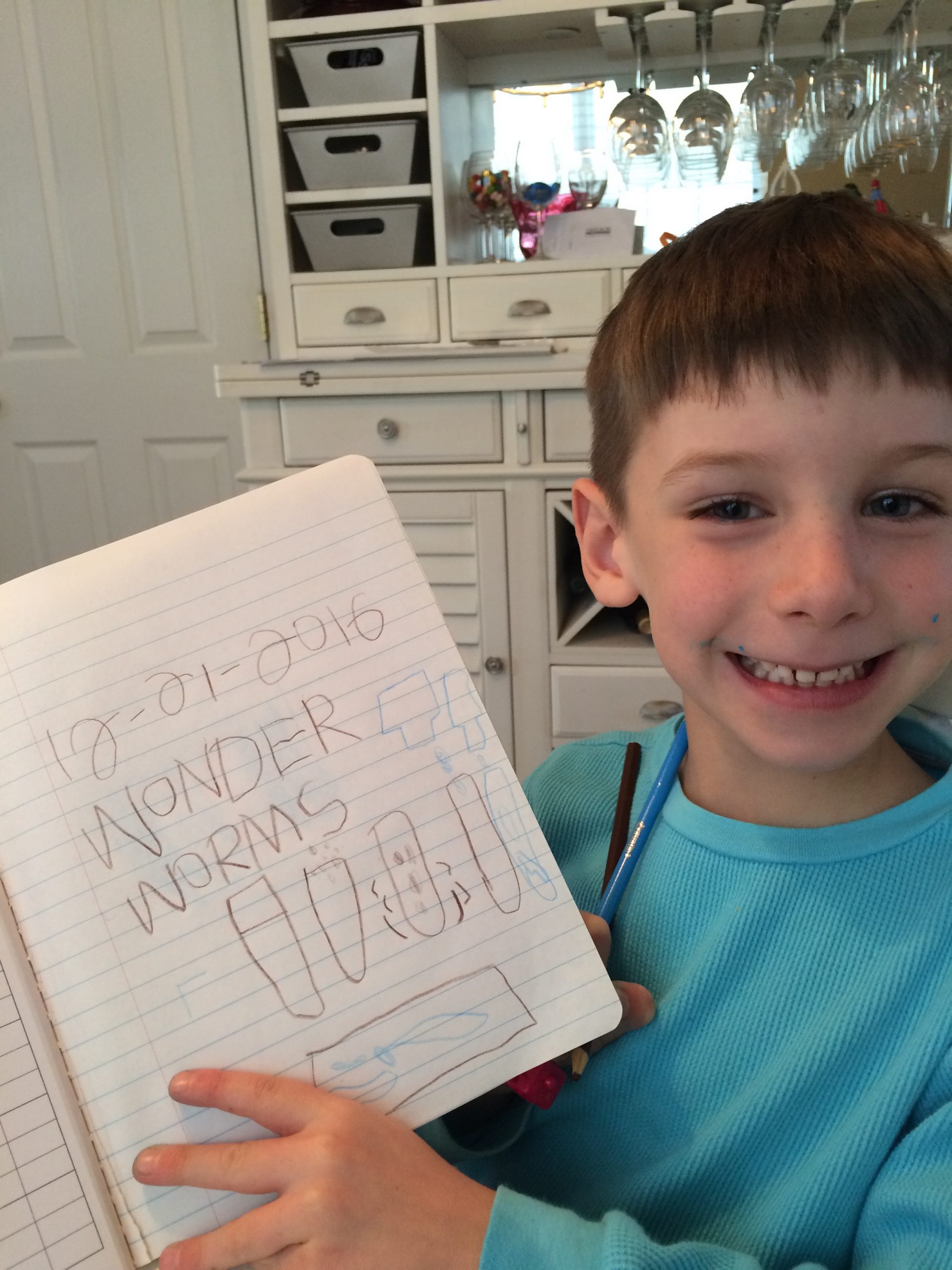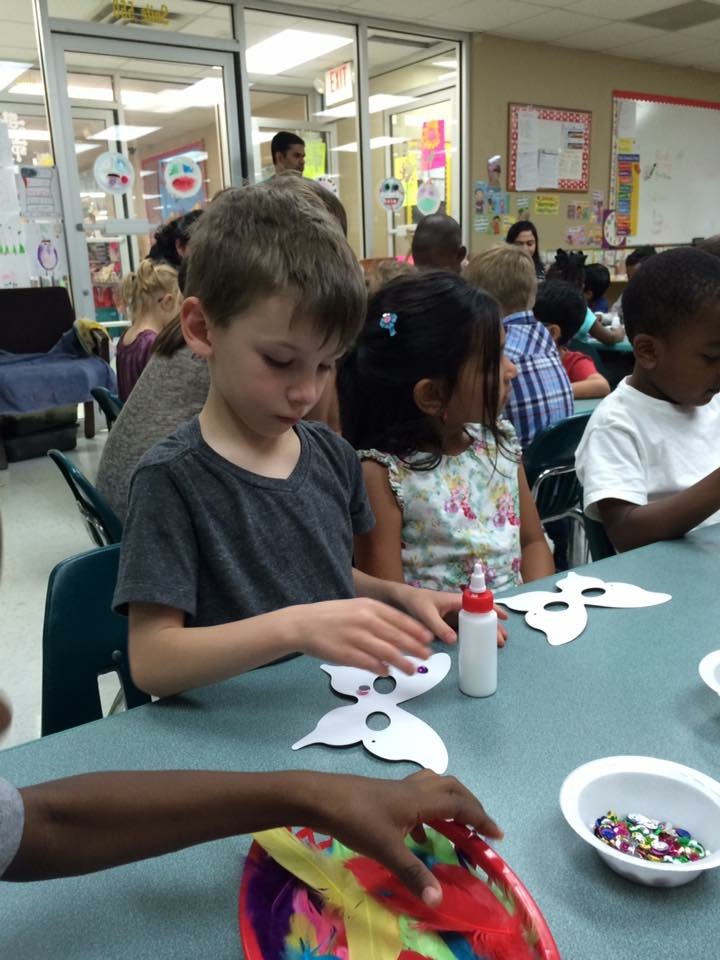What is bullying? Is there a difference between teasing and bullying? Is it a part of life or will it eventually be eliminated completely? There have been several documentaries on bullying that has brought about this blog and the many programs that try to eliminate the problem. However, it still exists and with school out and summer activities about to begin, teasing and bullying are still a threat to adults and children.
Teasing has two types – playful and hurtful. When teasing becomes hurtful and unwelcome it may be regarded as a form of bullying or emotional abuse. Bullying is when a person or group repeatedly tries to harm someone who is thought to be weaker. It can be direct or indirect. Bullying my be characterized as hitting, name-calling, or taunting and can happen to both children and adults. This, I would guess, has been happening since the beginning of time. There is much to consider when thinking about bullying. When I think of bullying in today’s standards I have images of many situations:
•I see children being teased and sometimes bullied by other children either at play or during athletic events. (Usually a bantering of back and forth comments)
•Parents bullying children (Usually in the form of a minor threat of some kind or a whack on the backside)
•Spousal bullying (Physical and mental control)
•Teacher bullying students (Usually to get them to complete classroom assignments)
•Students bullying teachers (Usually to get them to forget about classroom assignments)
•Coach to players (An attempt to get results on the field or gymnasium)
Most of the above list is probably not bullying, but a normal part of life. It only becomes bullying if it has a pattern of repetition. Some may say that teasing is an important role in the development of society and structure and that is part of the process in understanding conflict and resolution. Problems must work themselves out and people need to focus on how to handle conflicts through a means of support.
It is when student attendance and poor academics come into play that most educational settings, elementary to college, have intervention programs that provide support and a method of dealing with conflict resolution to eliminate the desired result of reducing negative outcomes associated with bullying or antisocial teasing. The negative results of the victim of bullying may be depression, health complaints, and decreased academic achievement. Statistics report that a very small number of bullied children retaliate through extremely violent measures. In the 90s, it was reported that 12 of 15 school shooting cases, the shooters had a history of being bullied. This doesn’t appear to be a small ratio. Statistics also indicate that the bully can also engage in violent or other high-risk behaviors that carry into adulthood. Such behaviors are: drugs and alcohol abuse, fighting, early sexual activity, criminal convictions, spousal or partner abuse. Bystanders (the witnesses of bullying acts) may also suffer consequences such as: increased use of tobacco, alcohol, or other drugs, may suffer mental health problems that include depression or anxiety, or begin to miss or skip school. Statistics do not show that there is an increased risk of suicide in the bully, victim, or bystander.
I have recently heard of NTLB otherwise known as No Tune Left Behind. These educator-musicians formed a band a few years ago that eventually addressed bullying through a Character Education Committee. Their bullying repertoire began with a song entitled ‘Bully, Bully’ based on the classic ‘Wooly Bully’ by Sam the Sham and the Pharaohs. It as followed up with a version of a ZZ Top song ‘Waitin’ for the Bus’, entitled ‘Don’t Bully on the Bus’. To see music videos visit www.calu.edu/news. Click on ‘Cal U Review’ and choose ‘As Seen in the Review’.
There are many programs available to schools that range from pre kindergarten to college students. Many programs are free or can be acquired through a grant. No matter the program, staff training is most important and it must be a school wide initiative supported by teachers, students, parents, bus drivers, cafeteria workers, custodial workers, etc., for it to be effective.
My experience with a bullying program was with the Olweus Bully Program for the elementary school. A trainer was sent from out of our district to train a small core of staff members. The staff members then trained other staff members. A kick off for the beginning of the year was initiated with an assembly and a short program on anti-bullying. After the kick-off, an anonymous reporting process was created, morning meetings were held by each classroom teacher, and staff meetings were held to continuously discuss ways to improve and tweak the process. The entire staff was on board and the students began to report instances. At first everything was reported from the slightest teasing to physical threats. After several morning meetings to discuss situations of bullying, reports from students were only on repeated taunting or physical threats. It was decided that if a person was involved three times in an incident, consequences were more severe and could eventually lead to suspension or expulsion. A progressive measure of consequences was set by the staff. Students and parents were notified throughout the entire program.
Having a bully free school is more than just a sign posted outside each entrance way to the school. It is a full commitment of the community and a hard working staff that will include bullying prevention in the everyday curriculum.


